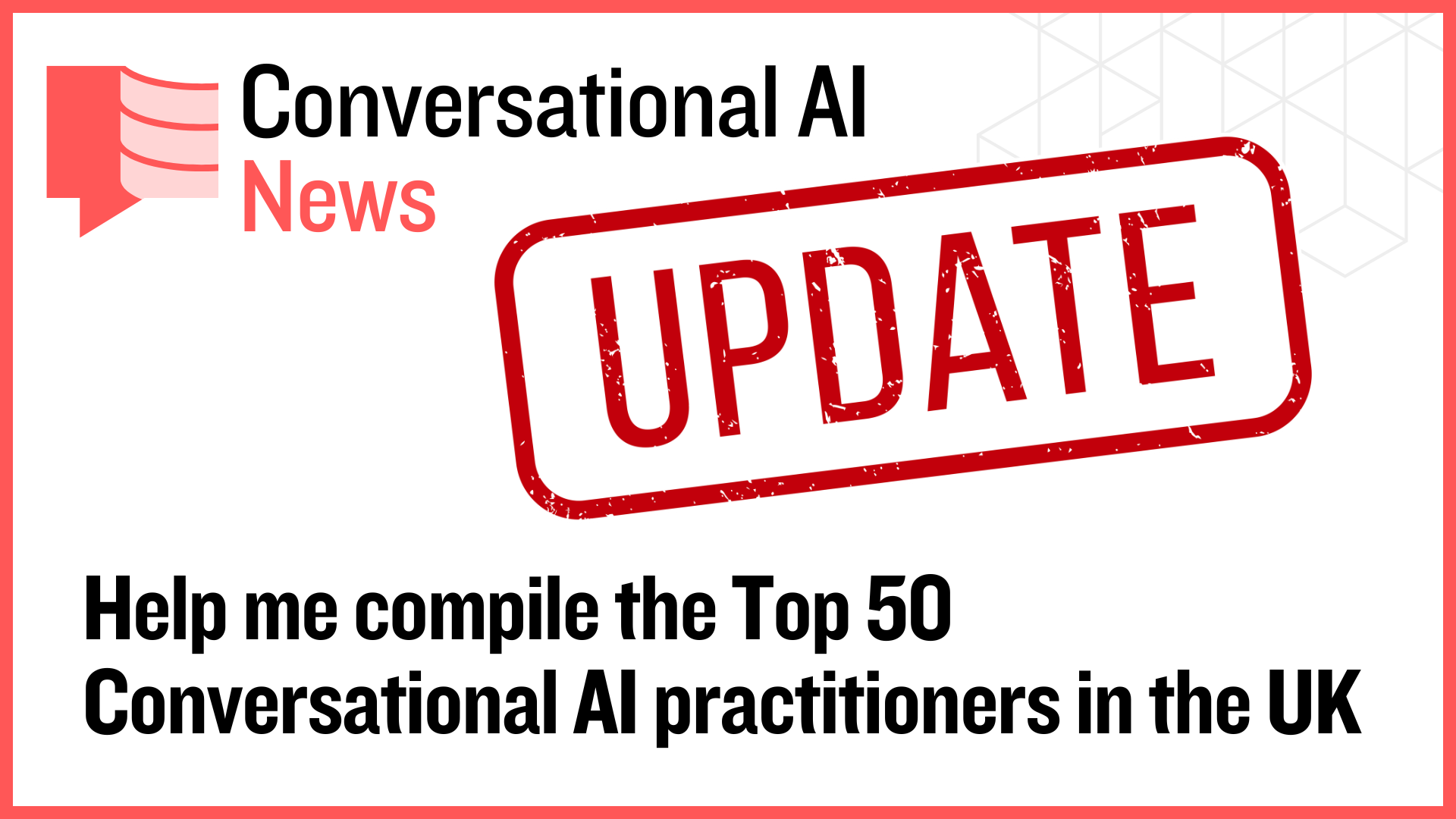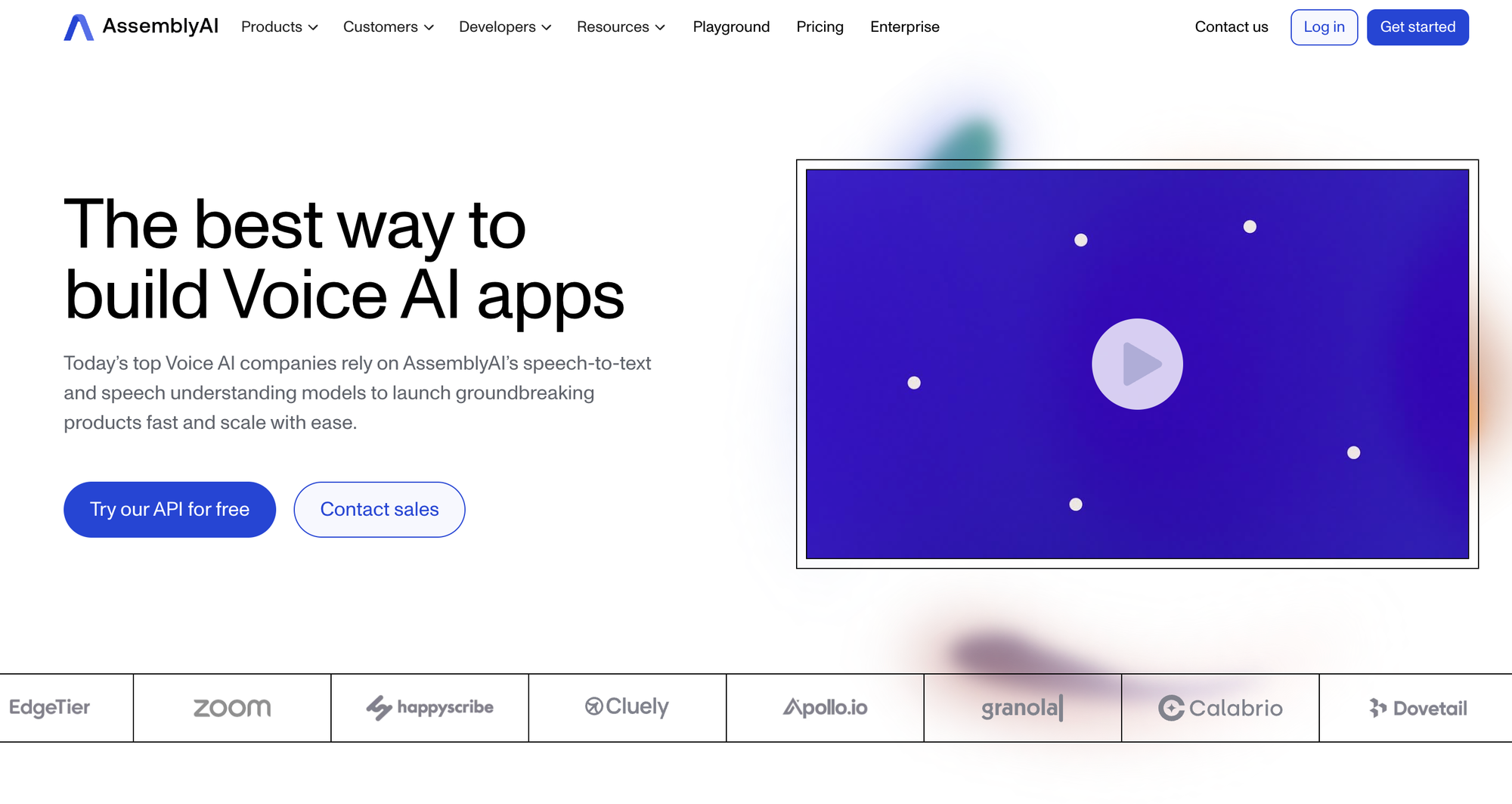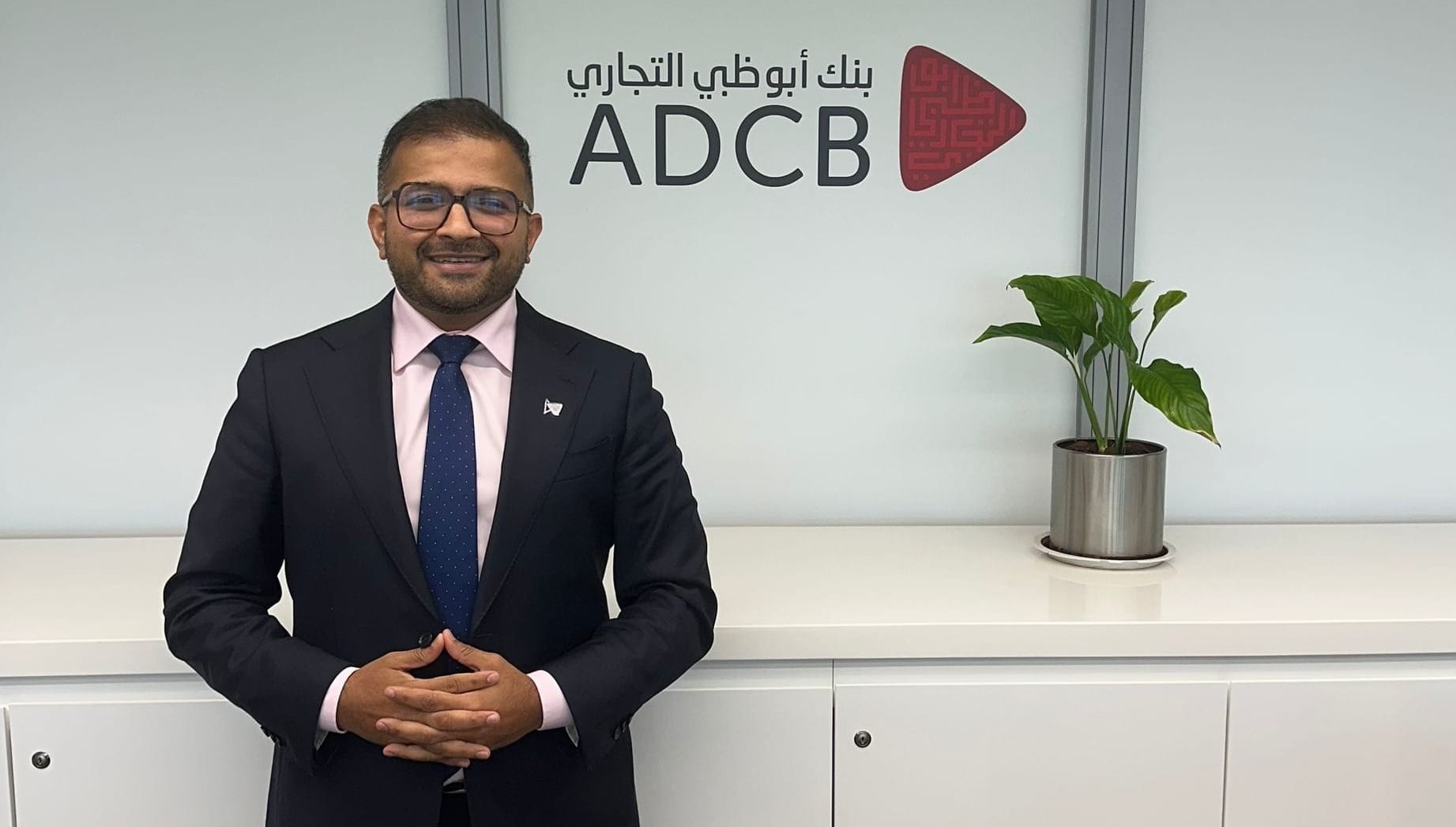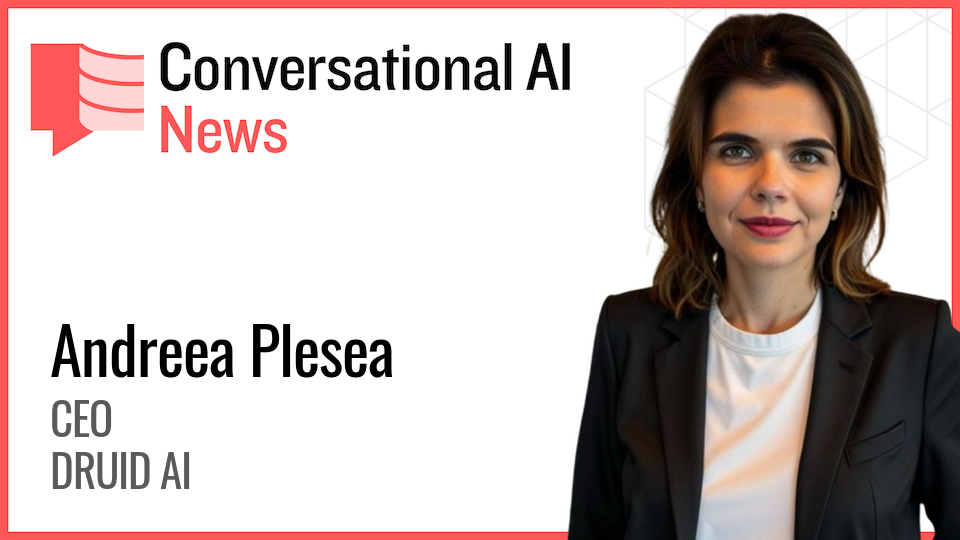Q&A with Sapir Hadad from Fiverr on how they're using AI

Today we're meeting Sapir Hadad, Executive Director of AI Innovation at Fiverr. They specialise in transforming the way the world creates and works together – and if you're anything like me, you've been using Fiverr for years to find brilliant freelancers to help you get stuff done.
I was curious how Sapir and the team are using AI internally and what kind of guidance she is giving to her colleagues – so I'm delighted to bring you this Q&A interview.
Over to you Sapir - my questions are in bold:
Who are you, and what's your background?
With over 12 years of experience in the AI and technology sector, I've held roles spanning Product Management and Business Operations across a range of innovative startups - including two I co-founded.
I hold an academic background in Economics and Big Data & Machine Learning systems, and my core strength lies in building and leading multidisciplinary teams that transform bold ideas into real-world, impactful solutions.
My work is driven by a consistent focus on bridging technical vision with practical execution to solve meaningful problems at scale.
What is your job title, and what are your general responsibilities?
In my role, I focus on driving the implementation of innovative AI solutions - both within our core products and through ambitious, moonshot initiatives that challenge the limits of what's possible.
I also lead the development of internal AI systems designed to enhance efficiency, creativity, and decision-making across the organisation. Every initiative is aligned with clear business objectives, ensuring that innovation consistently translates into meaningful, measurable impact.
Can you give us an overview of how you're using AI today?
We see tremendous opportunity in both our internal operations and customer-facing solutions, and we're fully committed to advancing on both fronts.
Externally, we have several projects underway focused on enhancing the experience for both buyers and sellers. One of our major milestones was the launch of GO, the first step toward our vision of a "Freelance Iron Man" suite - empowering freelancers with cutting-edge AI tools to scale their productivity and impact.
Beyond GO, we're developing a range of groundbreaking products for our buyers as well. While we can't reveal full details just yet, official launches are on the horizon - and we're excited to share more as soon as they're live.
Tell us about your investment in AI? What's your approach?
We used to rely heavily on partnerships and third-party tools, but AI has evolved; you can now build tailored solutions rapidly, if you have the right team. While partnerships remain important, everything today starts with a strong, flexible internal foundation.
We've made significant investments into our product and product team, and Fiverr Go is a clear example of that commitment. It's a testament to how we're embedding AI more deeply and natively across our platform, empowering both our users and internal teams to move faster and smarter.
We're also investing in companies that are at the forefront of applying AI in meaningful ways, like AutoDS, which uses AI to simplify the process of building e-commerce websites. These investments reflect our broader vision: supporting and accelerating innovation where AI can create real, tangible impact.
What prompted you to explore AI solutions? What specific problems were you trying to solve?
It wasn't a specific problem that pushed us - it was a clear understanding that AI is not a buzzword. It's a fundamental shift that's reshaping everything.
At Fiverr, we're focused on one of the most pressing challenges facing the world today: what does the workplace look like in the age of AI? What's the right hybrid model between humans, agents, and multimodal systems? Where should humans lead, and where can AI take over entirely? We're at the forefront of thinking about what our freelancers on the platform need: we saw a lot of fear that AI would take people's jobs and wanted to develop solutions and tools to make them feel empowered.
We recognised that if we want to stay ahead, we need to start answering those questions now - not later. That means building the infrastructure, retraining our teams, and embedding AI across everything we do. Not as a feature, but as a core capability.
The future of work is being defined in real time, and we're not waiting to adapt - we're actively building for it
Who are the primary users of your AI systems, and what's your measurement of success? Have you encountered any unexpected use cases or benefits?
Our AI vision is to redefine how humans and intelligent systems collaborate — not just solving today's challenges, but shaping the future of work. We focus on two core groups: businesses and freelancers. For businesses, AI simplifies discovery, improves matching, and speeds up delivery while maintaining quality. For all our talent, we're building tools that boost productivity, automate workflows, and help scale their businesses, giving solo freelancers the power of a full team.For instance, Fiverr Go's Personal AI Assistant has been achieving impressive 57% inquiry-to-sale conversion rates for freelancers, since its launch. These systems learn and evolve constantly, using feedback and behavior signals to personalize and optimize every interaction. Success is measured not just in metrics, but in how naturally AI and humans can work together to do more.
What has been your biggest learning or pivot moment in your AI journey?
One of the biggest lessons I've learned is the importance of staying humble. The pace of advancement in AI is staggering - there's so much happening at once, and it's nearly impossible to fully grasp it all in real time. You have to accept that there will always be unknowns, and that staying open, curious, and adaptable is absolutely essential.
At the same time, it's just as important to stay grounded in what you do know. There's a lot of hype in the space, and not everything that sounds revolutionary truly is. Conversely, some things that once required deep R&D are now remarkably simple to implement - if you know how to navigate the landscape.
It's a constant balancing act between humility and clarity: knowing when to explore, and when to confidently execute.
How do you address ethical considerations and responsible AI use in your organisation?
We take ethical AI seriously - not because it sounds good, but because the future of this technology hinges on trust. If people don't feel protected - creatively, economically, or culturally - they'll opt out. And if that happens, the entire ecosystem risks falling apart.
Fiverr was among the first companies to take a firm stand on ethical AI, particularly in the context of intellectual and economic rights. Our belief is simple: if AI is trained on human creativity, the people behind that creativity should be recognised - and compensated. That's more than a principle; it's something we've already begun to implement.
With the launch of Fiverr GO, we introduced a model where freelancers are compensated for the use of their past work - putting value and attribution at the heart of AI training. And this is just the beginning. We have more initiatives in development to further reinforce this commitment.
Beyond compensation, we're embedding responsible AI into every layer of our product development - from governance and explainability to bias prevention and model safeguards. We're not building AI features for the hype - we're building systems people can trust, now and in the long term.
What skills or capabilities are you currently building in your team to prepare for the next phase of AI development?
First, we're investing heavily in building a comprehensive development infrastructure. The goal isn't just to keep pace with emerging technologies - it's to ensure that every new product we build is faster, smarter, and more efficient than the one before. This includes setting up a robust data pipeline, an MCP database, internal tooling, code utilities - the full ecosystem needed to support scalable AI development.
If you had a magic wand, what one thing would you change about current AI technology, regulation or adoption patterns?
If I could bring one thing back to the industry, it would be truth and real standards. We need to stop showcasing polished demos that fall apart the moment someone actually tries the product.
We're standing at the edge of a truly transformative era - we have the opportunity to build incredible things in the year ahead. But if every demo looks like magic while every real product feels half-baked, we're undermining trust and progress across the entire industry. Let's stop overhyping and start delivering. The work - and the users - deserve better.
What is your advice for other senior leaders evaluating their approach to using and implementing AI? What's one thing you wish you had known before starting your AI journey?
Move fast - but don't get attached. The AI space is evolving too quickly to fall in love with any single solution. What looks like magic today could be obsolete by next quarter.
At the same time, don't get swept up in the hype. There's a big difference between an impressive demo and a production-ready system. Many tools just aren't there yet and you don't want to discover that after reorganising your entire roadmap around them.
My biggest advice? Build your own foundation. Hire a strong, forward-thinking team - not just engineers, but AI-native thinkers who can anticipate what's coming. Invest in modular, flexible infrastructure that can evolve as the ecosystem does. That's the only way to move fast without breaking everything every time the ground shifts.
What AI tools or platforms do you personally use beyond your professional use cases?
- Gemma – I use it for crafting presentations. It's incredibly helpful when I need to communicate ideas clearly and visually - even if it's something personal, like my parents' 70th birthday.
- ChatGPT – It's become something of a personal companion. I use it to brainstorm, reflect, and think through decisions. It helps me structure my thoughts in a way that's both creative and productive.
- NotebookLM – This is my go-to tool for creating podcast scripts that I listen to during my bike commute. It's a great way to synthesize information and keep learning on the move.
- Ask Perplexity – I turn to it for quick, in-depth dives into topics I'm curious about. It's an efficient way to get high-quality overviews - and often surfaces unexpected, valuable perspectives.
What's the most impressive new AI product or service you've seen recently?
Google's AI agent space looks incredibly promising - super useful and clearly well thought out. But, of course, it's Google... so gaining real access might be a challenge. Another big leap, in my view, is the release of the new open image generation model. It represents a significant step forward in image quality - truly impressive progress. I've also been following Manus with interest. While the results aren't quite where I hoped they'd be, I really admire their creative approach to tackling the problem. It's refreshing to see that kind of innovative thinking in the space.
Finally, let's talk predictions. What trends do you think are going to define the next 12-18 months in the AI technology sector, particularly for your industry?
Honestly? Predicting 12 to 18 months ahead feels almost impossible - I can barely guess what the next three will look like.
That said, my hope is that we'll see the arrival of truly capable multimodal models. But more importantly, I believe we're on the brink of a major evolution: the rise of a new kind of agent. Not the static digital assistants we know today, but adaptive, evolving entities that learn and grow alongside their human counterparts. Less like tools, more like collaborators.
This shift will also introduce a new paradigm: Agent Experience (AX). It's a fresh layer of UX design - not focused solely on interfaces for humans, but on crafting environments that agents can interpret, interact with, and help shape in real time. Instead of static pages, we'll enter dynamic, conversational spaces where agents co-create the user journey.
It's a profound transformation - and we're just getting started.
Thank you very much, Sapir!
Read more about Sapir on LinkedIn and find out more about Fiverr (and go and hire an AI Iron Man) at www.fiverr.com.
Note: If you're wondering how much of a fan I am of Fiverr, not only have I been a regular user for the longest time, I am actually a vendor there too! Yes, dear reader, you too can buy a CV Review video from me! I have two – yes, read it – TWO 5-star reviews so far!
This is part of my Highlander928 project where I'm doing my best to create a load of resources to help the next generation with their career development.




